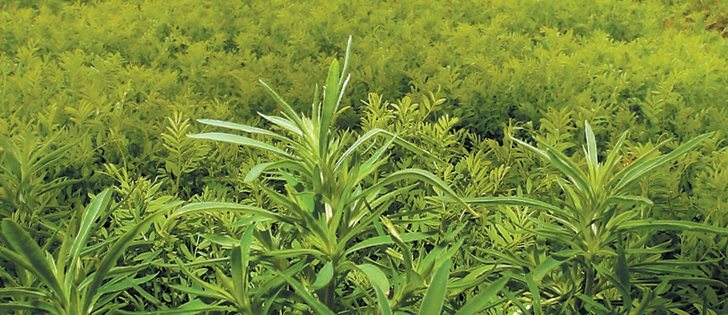Alberta insect traps show an early flight of diamondback moths in some regions, but that doesn’t necessarily mean the insects will be a problem in this year’s canola crops.
Scott Meers, insect management specialist with Alberta Agriculture, said producers may want to monitor canola seedlings for damage in case early flight of the moths becomes a problem.
Moth survey results, and forecasts on other harmful crop insects, are available on the web-based Alberta Insect Pest Monitoring Network.
Only three locations show elevated risk of diamondback moth infestation based on insect counts in traps: Lacombe, Two Hills and Mountain View County north of Calgary.
Read Also

New coal mine proposal met with old concerns
A smaller version of the previously rejected Grassy Mountain coal mine project in Crowsnest Pass is back on the table, and the Livingstone Landowners Group continues to voice concerns about the environmental risks.
A rating of elevated risk means higher numbers of larvae are possible. When a region is rated at high risk, producers should scout for larvae to determine whether action is needed.
Diamondback moths feed on all plants in the mustard family, so canola is a primary target in Western Canada.
Severity of outbreaks depends on how many pupae overwintered and how many moths are transported on the wind.
Larvae feed on leaves, buds, flowers, seedpods and stems of plants. Small holes in leaves are early evidence of larvae, but large numbers can consume entire leaves.
Seven insecticides are registered for diamondback moth control in canola and two in mustard, according to provincial fact sheets.
The insects are also susceptible to cool, windy weather that reduces adult activity, and by diseases, parasites and predators.


















